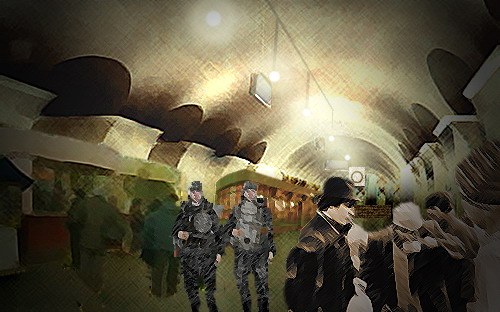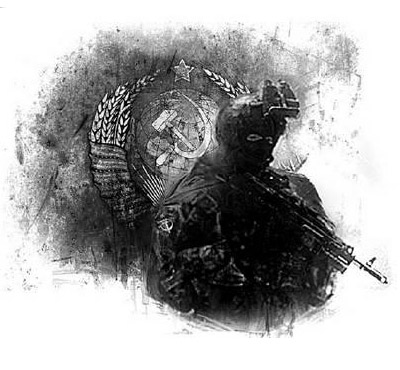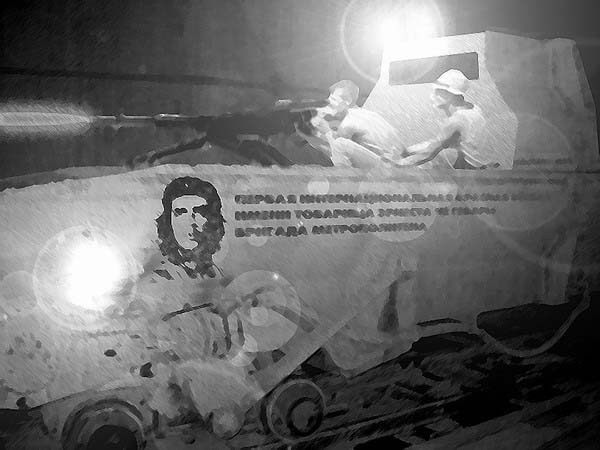Polis

Within the last refuge of mankind, there is a last refuge of civilization. This place is Polis, deep in the Metro's heartlands. Occupying the stations of Alexandrovsky Sad, southern Arbatskaya, Borovitskaya and Biblioteka Imeni Lenina, Polis was formed by certain "elites" of Russian society fleeing the end - politicians and military leaders, scientists and businessmen, Spetsnaz and FSB agents, the rich, the famous and the educated.
It is the only Metro settlement that could be considered a city, hence the name. With complete electrification - often stunning to outside eyes unaccustomed to light, clean water, ample supplies, healthcare, education, simple "flats" constructed between the station platforms rather than mere tents, and many other necessities of subway survival and prosperity, the life of a Polis citizen is far above that of the normal Muscovite
Some old Metro trains have even been refitted, the only functioning of its kind in the entire known subway. With the rest of the Metro envious of their many fortunes, and many wishing to leave their miserable lives behind, Polis has forced itself into partial isolation, preferring to stay out of worldly politics.
Through two decades of seclusion, a strange society has developed, entirely centred around four castes inspired by Hindu culture. The
Shruda, the lower class of servants and menial workers, the
Vashiya, Polis' dedicated merchant class and their connection to the outside world, the
Kshatriya, a warrior class consisting mainly of veteran soldiers, special forces and government agents, and finally the
Brahmins, the strangest of all.
The stational reverence of knowledge, wisdom and especially reading has developed into a religious stage, with the pre-War scientists, teachers and other important keepers of knowledge as a new clergy. The center of their religion is the Great Library, a dangerous place were few dare go. The castes are firmly divided onto the four stations of Polis. Even visitors from the chaotic, insane outside world find this society strange and foreign.
Polis is very well-armed, with a strong and skilled army. The Rangers, once a part of the stational armed forces, are proof of this. It is an absolute necessity for survival. Surrounded by the Red Line, the Hansa, the Fourth Reich, the crime syndicate, stations infested by mutants, and the somewhat insane Polyanka nearby, Polis must keep a constant vigilance. Fortunately for them none dare attack the stations, knowing they would lose horrifically. Not that anyone would want to destroy the one place consistently referred to as humanity's last hope - or so the Polisians hope.



























